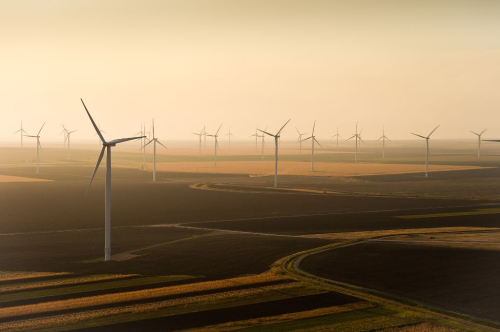
The 600MW project is the biggest of a series of Romanian wind energy project announcements in recent weeks, which include a major contract supply deal for Nordex and a key financing agreement for Portuguese firm EDP Renováveis.
The final wind turbine for Fantanele/Cogealac was connected to the regional grid in late November in the Dobrogea region of Romania, which is one of the most promising wind power prospects in the country.
The start-up of the project, which comprises 240 GE 2.5 MW turbines, seriously marks the start of Romania’s emergence as a large-scale wind producer. Prior to Fantanele/Cogealac, the total installed wind capacity in the country was less than 20MW.
“The 2.5MW technology offers the efficiency, availability and energy performance that will safeguard our success,” said Ondrej Šafár, CEZ project manager. “Thanks to the Fantanele/Cogealac wind farm, CEZ is making a major contribution to increasing Romania’s renewable energy generation. Before this project, Romania’s installed wind capacity was only 14MW.”
The turbine nacelles were supplied from GE’s facility in Salzbergen, Germany, while the rotor blades and towers came from Germany, Brazil, the Czech Republic, Denmark, Poland and China.
GE said that the turbine technology used for the site enables “high efficiency and reliability in a wide range of weather conditions”. The machines feature larger rotors, higher towers and greater hub heights than previous models, resulting in greater power output.
“This significantly increases the wind park production capacity,” said Stephan Ritter, GE’s general manager for renewable energy in Europe.
The size of the components — one rotor blade measures nearly 50 m in length — and the number of units required comprehensive planning, GE said. Twelve modes of transportation were needed to move all of the components for each wind turbine from the port of Constanta on the Black Sea to the project construction site.
“Detailed planning, clear processes and a lot of dedication ensured that the project was completed on time,” said Ritter. “We were able to feed the experience we gained during the construction phase straight back into the project.”

